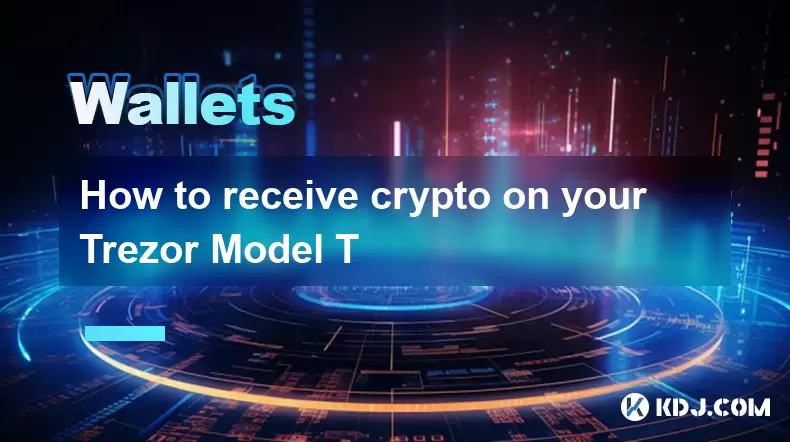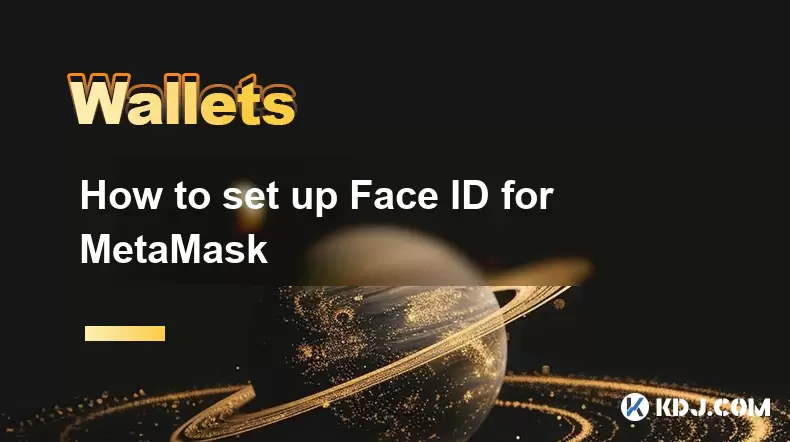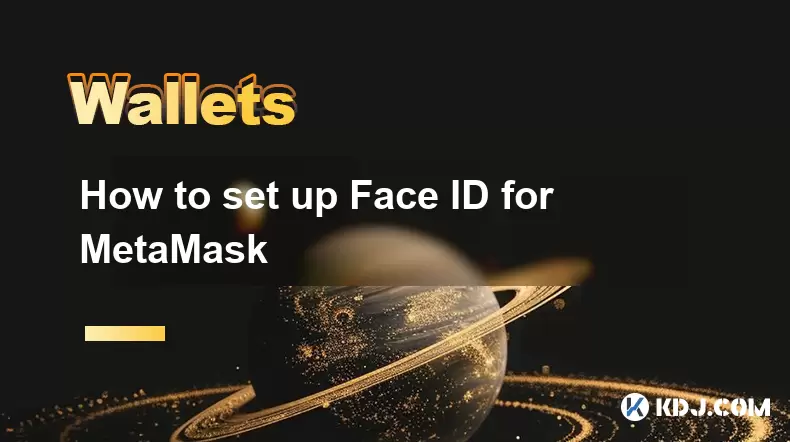-
 Bitcoin
Bitcoin $119000
-2.21% -
 Ethereum
Ethereum $4315
1.01% -
 XRP
XRP $3.151
-3.11% -
 Tether USDt
Tether USDt $0.0000
0.00% -
 BNB
BNB $808.5
-0.71% -
 Solana
Solana $175.8
-4.21% -
 USDC
USDC $0.9999
0.00% -
 Dogecoin
Dogecoin $0.2250
-3.92% -
 TRON
TRON $0.3469
1.77% -
 Cardano
Cardano $0.7818
-3.81% -
 Chainlink
Chainlink $21.47
-2.10% -
 Hyperliquid
Hyperliquid $43.30
-6.81% -
 Stellar
Stellar $0.4370
-2.84% -
 Sui
Sui $3.682
-4.40% -
 Bitcoin Cash
Bitcoin Cash $590.8
2.67% -
 Hedera
Hedera $0.2484
-5.20% -
 Ethena USDe
Ethena USDe $1.001
0.00% -
 Avalanche
Avalanche $23.10
-4.29% -
 Litecoin
Litecoin $119.2
-3.96% -
 Toncoin
Toncoin $3.409
0.90% -
 UNUS SED LEO
UNUS SED LEO $9.016
-1.29% -
 Shiba Inu
Shiba Inu $0.00001304
-3.82% -
 Uniswap
Uniswap $11.18
1.33% -
 Polkadot
Polkadot $3.913
-3.51% -
 Cronos
Cronos $0.1672
-3.08% -
 Dai
Dai $1.000
0.02% -
 Ethena
Ethena $0.7899
-4.70% -
 Bitget Token
Bitget Token $4.400
-1.23% -
 Pepe
Pepe $0.00001132
-5.93% -
 Monero
Monero $257.9
-6.44%
How to receive crypto on your Trezor Model T
To receive crypto on your Trezor Model T, generate a public address in Trezor Suite, verify it on your device, and share it securely with the sender.
Aug 12, 2025 at 05:07 pm

Understanding the Basics of Receiving Crypto on Trezor Model T
The Trezor Model T is a hardware wallet developed by SatoshiLabs that allows users to securely store and manage their cryptocurrency assets. When it comes to receiving crypto, the device itself does not directly "receive" funds in the way a software wallet might display incoming transactions. Instead, the process involves generating a public address that can be shared with others to send cryptocurrency to your wallet. This address is derived from your private keys, which remain securely stored within the Trezor device and never leave it.
To begin receiving funds, you must ensure your Trezor Model T is properly set up and connected to a compatible interface such as Trezor Suite, the official desktop and web application. The Trezor Suite acts as a bridge between your hardware wallet and the blockchain network. It allows you to view balances, generate receiving addresses, and verify transactions. The public address generated is unique to each cryptocurrency and changes with every transaction for enhanced privacy.
Setting Up Trezor Suite for Receiving Cryptocurrency
Before receiving any crypto, access to Trezor Suite is essential. Navigate to the official website suite.trezor.io and download the application for your operating system or use the web version. Ensure you are on the correct URL to avoid phishing attacks.
Once Trezor Suite is launched, connect your Trezor Model T using the included USB cable. The device will prompt you to unlock it using your PIN. After unlocking, Trezor Suite will recognize the device and display your wallet dashboard. If this is your first time using the device, you may need to go through the initial setup, including confirming your recovery seed.
In Trezor Suite, select the cryptocurrency you wish to receive. The interface supports a wide range of coins and tokens, including Bitcoin (BTC), Ethereum (ETH), Litecoin (LTC), and many others. Each coin has its own account within the wallet, and each generates unique receiving addresses.
Generating a Receiving Address for Your Cryptocurrency
To receive funds, you must generate a receiving address. In Trezor Suite, locate the "Receive" button associated with the cryptocurrency account you want to use. Clicking this will open a new window displaying a QR code and a long string of alphanumeric characters — this is your public address.
It is crucial to verify the address on your Trezor Model T screen. After clicking "Receive," the device will display the same address on its touchscreen. Use the buttons on the device to scroll through the address and confirm it matches exactly what is shown in Trezor Suite. This step prevents malware from altering the address during transmission.
Once verified, you can share the address in several ways:
- Copy the address to your clipboard using the "Copy" button
- Share the QR code with the sender via screenshot or direct display
- Use integrated sharing options if available in your messaging platform
Each time you receive a transaction, it is recommended to generate a new address to maintain privacy and security.
Receiving Different Types of Cryptocurrencies
The Trezor Model T supports over 1,000 cryptocurrencies, but the process for receiving each varies slightly depending on the blockchain. For Bitcoin (BTC), simply generate a BTC address in the Bitcoin account section. For Ethereum (ETH) and ERC-20 tokens, make sure you are in the Ethereum account and use the same ETH address for all ERC-20 tokens.
When receiving tokens based on a specific network, such as Binance Smart Chain (BSC) or Polygon, ensure the sender uses the correct network. Sending a BEP-20 token to an ETH address on the Ethereum network will result in loss of funds. Always confirm the network compatibility with the sender.
For altcoins and lesser-known tokens, verify that Trezor Suite explicitly supports the asset. Unsupported tokens may not appear in your balance even if sent to the correct address. In such cases, you may need to use third-party blockchain explorers to track the transaction and, if necessary, recover funds manually.
Verifying Incoming Transactions on Your Trezor Device
After a sender initiates a transfer, the transaction will appear on the blockchain. You can monitor its status directly in Trezor Suite, which automatically refreshes to show incoming transactions. The wallet displays the amount received, the sender’s address (if available), and the number of confirmations.
No action is required on your part to "accept" the transaction. Once broadcasted to the network and confirmed by miners or validators, the funds will appear in your wallet balance. The Trezor Model T does not need to be connected during this process — funds are tied to your public address and secured by your private key.
However, for high-value transactions, it is advisable to wait for multiple confirmations. For Bitcoin, 6 confirmations are typically considered secure. For Ethereum, 30 confirmations or more may be recommended depending on network congestion.
You can verify transaction details on a blockchain explorer by pasting your receiving address into platforms like blockstream.info for Bitcoin or etherscan.io for Ethereum. This provides independent confirmation that the transaction was processed correctly.
Security Best Practices When Receiving Crypto
Always ensure your Trezor device and Trezor Suite are updated to the latest firmware and software versions. Updates often include security patches and support for new cryptocurrencies.
Never share your recovery seed or PIN with anyone. The seed is the master key to your wallet and can be used to restore access to your funds on any compatible device.
When receiving large amounts, consider doing a small test transaction first. This verifies that the receiving address is correct and that the funds appear as expected before sending the full amount.
Avoid using public Wi-Fi when accessing Trezor Suite. Use a secure, private internet connection to prevent man-in-the-middle attacks.
Keep your recovery seed in a safe, offline location. Consider using a metal backup solution to protect against fire or water damage.
Frequently Asked Questions
Can I receive cryptocurrency on my Trezor Model T without connecting it to a computer?
Yes, you can receive funds at any time even if the device is not connected. The blockchain records transactions to your public address regardless of device connectivity. The funds will appear in your wallet once you reconnect and sync with Trezor Suite.
What should I do if I sent crypto to the wrong network on my Trezor?
If you or a sender used an incorrect network (e.g., sending ERC-20 tokens via BSC), the funds may be lost. Trezor cannot recover funds sent to incompatible networks. Always double-check the network with the sender before initiating a transaction.
Does Trezor charge any fees for receiving cryptocurrency?
Trezor does not charge fees for receiving crypto. However, the sender pays a network transaction fee to miners or validators for processing the transfer. This fee depends on network congestion and is unrelated to Trezor.
Can I reuse a receiving address for multiple transactions?
While technically possible, reusing a receiving address reduces your financial privacy. Each transaction is publicly recorded on the blockchain, and address reuse makes it easier to link your transactions together. Always generate a new address for each incoming transfer.
Disclaimer:info@kdj.com
The information provided is not trading advice. kdj.com does not assume any responsibility for any investments made based on the information provided in this article. Cryptocurrencies are highly volatile and it is highly recommended that you invest with caution after thorough research!
If you believe that the content used on this website infringes your copyright, please contact us immediately (info@kdj.com) and we will delete it promptly.
- Circle Stock, Blockchain, and Strong Earnings: A Bullish Outlook
- 2025-08-12 22:30:12
- Nexchain, Crypto Presale, and Rankings: What's the Buzz?
- 2025-08-12 22:30:12
- Arc Blockchain: Circle's Layer-1 Play Amidst $428 Million Loss
- 2025-08-12 20:30:13
- XRP Price: Riding the Bull Cycle Wave or Hitting a Wall?
- 2025-08-12 20:50:12
- Cloud Mining in 2025: Chasing Passive Income and High Returns
- 2025-08-12 20:30:13
- XRP Price Forecast: Can XRP Hit $8, $12.60, or Even $100? Surge Drivers Analyzed
- 2025-08-12 21:10:13
Related knowledge

How to manage your portfolio in Exodus wallet
Aug 08,2025 at 10:07pm
Understanding the Exodus Wallet InterfaceThe Exodus wallet is a non-custodial cryptocurrency wallet that supports a wide range of digital assets. When...

How to reset your MetaMask password
Aug 08,2025 at 01:28pm
Understanding the MetaMask Password Reset ProcessMany users confuse the MetaMask password with the seed phrase or private key, but they serve differen...

How to buy Dogecoin on MetaMask
Aug 08,2025 at 03:42am
Understanding Dogecoin and MetaMask CompatibilityDogecoin (DOGE) is a popular meme-based cryptocurrency that operates on its own blockchain, originall...

How to switch between networks in Trust Wallet
Aug 09,2025 at 11:07am
Understanding Network Switching in Trust WalletSwitching between networks in Trust Wallet allows users to manage assets across different blockchains, ...

How to set up Face ID for MetaMask
Aug 12,2025 at 02:42am
Understanding Face ID and Its Role in MetaMask SecurityMetaMask is a widely used cryptocurrency wallet that allows users to interact with the Ethereum...

How to set up Face ID for MetaMask
Aug 11,2025 at 09:28am
Understanding Face ID and Its Role in MetaMask SecurityFace ID is a biometric authentication system developed by Apple that uses facial recognition to...

How to manage your portfolio in Exodus wallet
Aug 08,2025 at 10:07pm
Understanding the Exodus Wallet InterfaceThe Exodus wallet is a non-custodial cryptocurrency wallet that supports a wide range of digital assets. When...

How to reset your MetaMask password
Aug 08,2025 at 01:28pm
Understanding the MetaMask Password Reset ProcessMany users confuse the MetaMask password with the seed phrase or private key, but they serve differen...

How to buy Dogecoin on MetaMask
Aug 08,2025 at 03:42am
Understanding Dogecoin and MetaMask CompatibilityDogecoin (DOGE) is a popular meme-based cryptocurrency that operates on its own blockchain, originall...

How to switch between networks in Trust Wallet
Aug 09,2025 at 11:07am
Understanding Network Switching in Trust WalletSwitching between networks in Trust Wallet allows users to manage assets across different blockchains, ...

How to set up Face ID for MetaMask
Aug 12,2025 at 02:42am
Understanding Face ID and Its Role in MetaMask SecurityMetaMask is a widely used cryptocurrency wallet that allows users to interact with the Ethereum...

How to set up Face ID for MetaMask
Aug 11,2025 at 09:28am
Understanding Face ID and Its Role in MetaMask SecurityFace ID is a biometric authentication system developed by Apple that uses facial recognition to...
See all articles

























































































